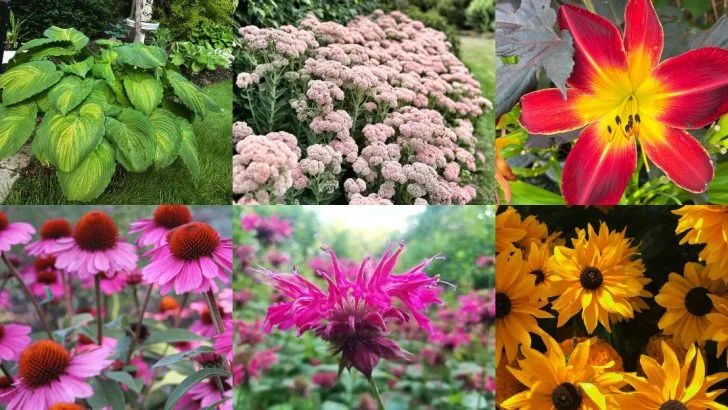Tiny doesn’t mean tame. Some perennials start off looking innocent—sweet little sprouts you barely notice. But give them a warm afternoon and a splash of water… and boom. They triple in size like they’ve made a pact with the devil. You plant one thinking it’ll fill a corner. By summer’s end, it’s taken the whole bed, swallowed the mulch, and is eyeballing the patio. These plants don’t ask for permission. They grow like they’ve got something to prove—charging upward, outward, and into your neighbor’s yard if you’re not careful. They’re thrilling, dramatic, and sometimes a bit too much. But that’s what makes them irresistible. If you’re ready to welcome some drama queens into your garden— the kind that explode with life in just one season— these 17 perennials are exactly what you’re looking for.
Hosta
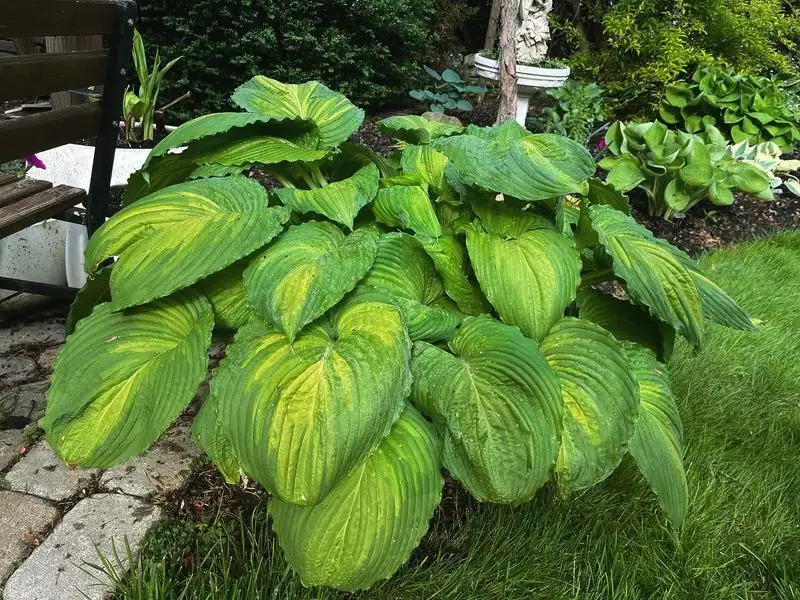
Hostas are the ultimate champions of the shade garden. At the beginning of their growth, they emerge as tightly curled shoots poking through the soil. As the season progresses, these perennials unfurl into broad, textured leaves that can reach impressive sizes.
The hosta’s ability to thrive in low light makes it an excellent choice for adding greenery to shaded areas. Each leaf boasts a unique pattern and color, ranging from deep blue-greens to variegated creams. Did you know? Hostas are often used in landscapes for their stunning foliage rather than flowers.
Sedum
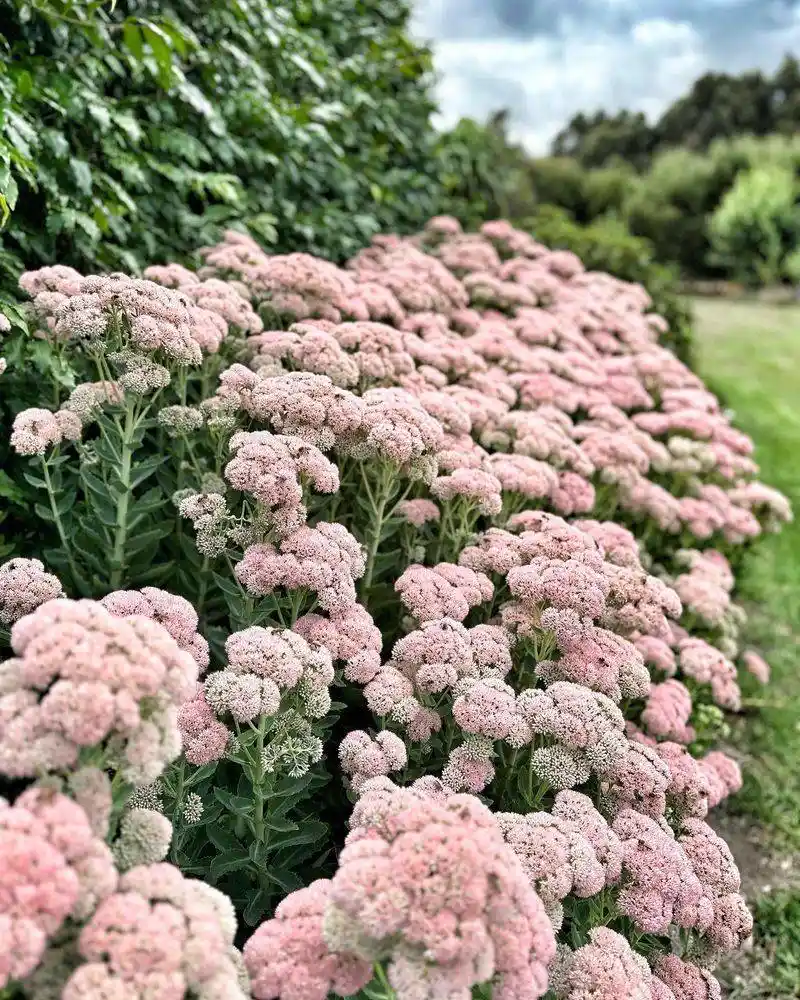
Sedums are delightful perennials known for their resilience and diverse foliage. Starting as small rosettes, they rapidly expand into dense mats of succulent leaves. These plants are a favorite among gardeners for their ease of care and drought tolerance.
Sedum’s charming star-shaped flowers attract pollinators, adding ecological benefits to their visual appeal. Whether in a rock garden or a border, sedums provide texture and interest throughout the growing season. A quirky fact: Sedums are sometimes called “stonecrops,” as they can thrive in rocky, impoverished soils.
Daylily
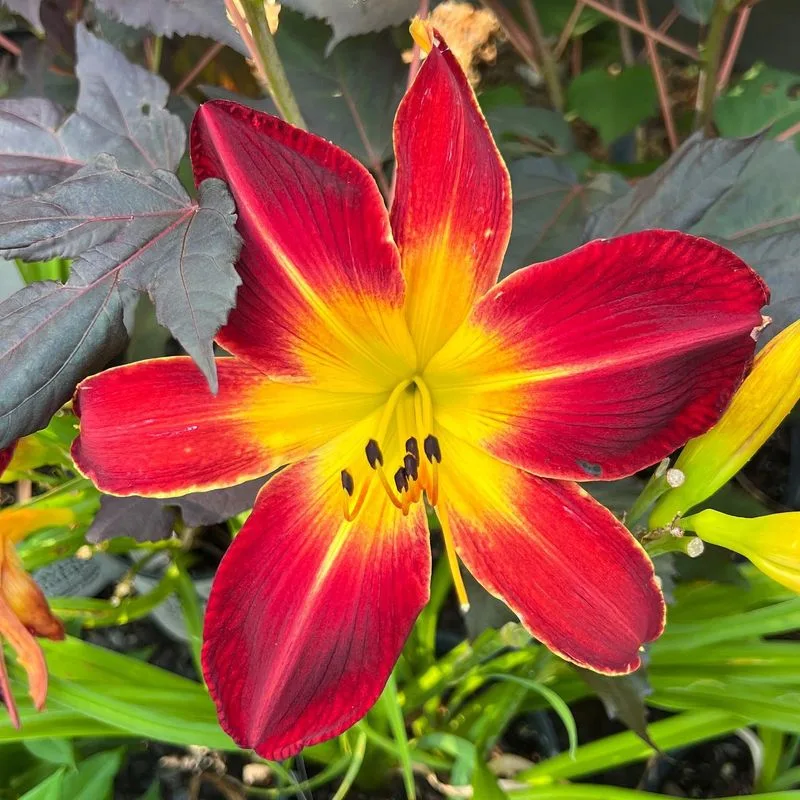
Daylilies are the workhorses of the perennial garden. These plants start as modest clumps but quickly multiply into robust clusters of arching leaves and bold blossoms. Each flower, although short-lived, is replaced by a succession of blooms, ensuring a long show.
The daylily’s vibrant colors range from rich reds to sunny yellows, providing a visual feast. While they thrive in various conditions, they prefer well-drained soil under full sun. Fun fact: Daylilies are edible, and their petals can even be used in culinary dishes!
Coneflower
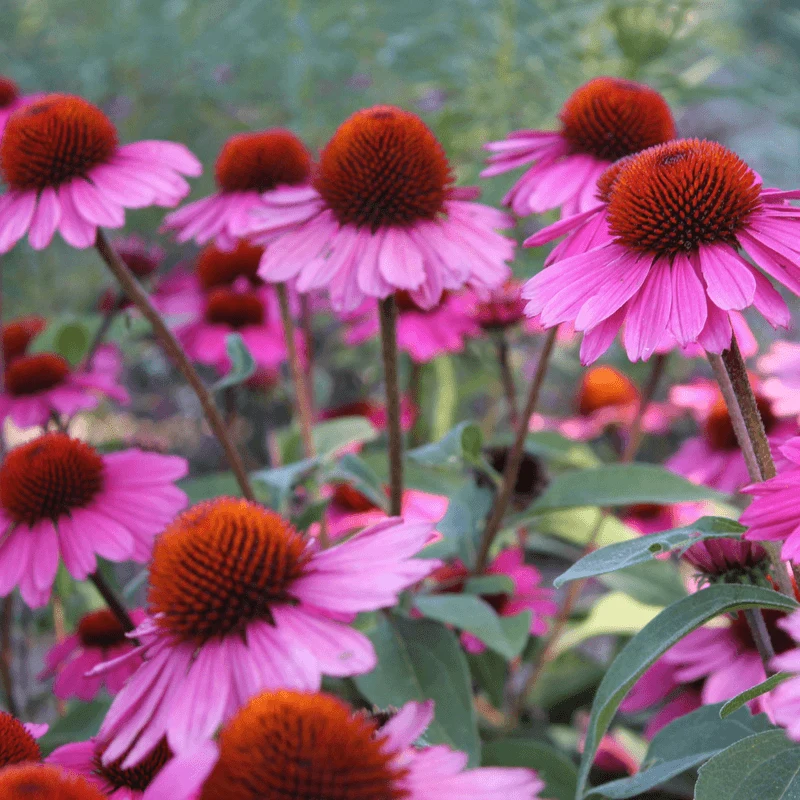
Coneflowers, or Echinacea, enchant gardeners with their robust nature and striking appearance. They start as small, inconspicuous plants but grow to form tall, sturdy stems topped with daisy-like blooms.
The coneflower’s prominent central cone is a favorite for butterflies and bees, making it a pollinator-friendly choice. Thriving in full sun and tolerant of drought, these perennials are both practical and beautiful. Here’s an interesting tidbit: Coneflower roots and leaves are often used in herbal remedies for boosting immunity.
Bee Balm
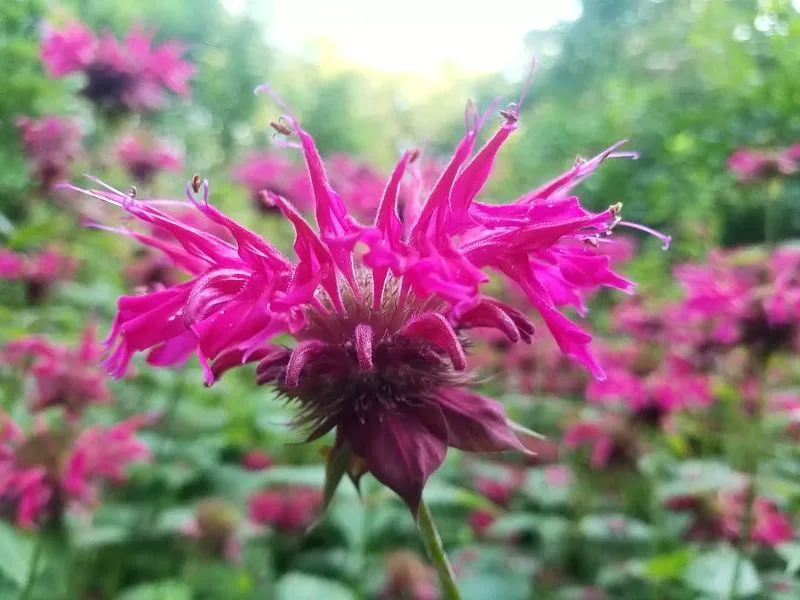
Bee balm is a standout in any garden, both for its vibrant blooms and its appeal to pollinators like bees and hummingbirds. It begins as a modest clump but quickly expands into a lush display of tube-shaped flowers.
These perennials are perfect for adding a splash of color to borders and beds, with colors spanning from reds to purples. Besides their beauty, bee balms are known for their aromatic leaves, which can be used in teas. Did you know? Bee balm is part of the mint family, which explains its fragrant foliage.
Black-eyed Susan
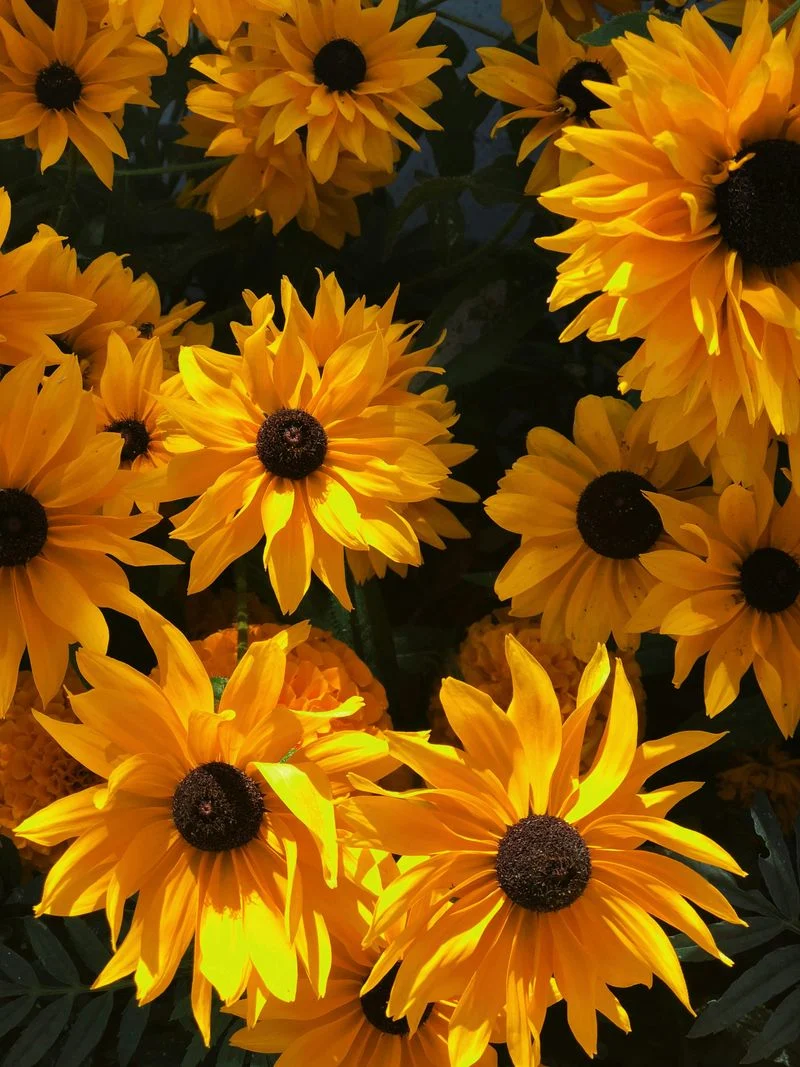
Black-eyed Susans are iconic wildflowers that bring a cheerful touch to gardens. Starting small, these perennials rapidly grow into bushy plants topped with bright yellow, daisy-like flowers.
Their dark, prominent centers are eye-catching and attract various pollinators. Black-eyed Susans are low-maintenance, thriving in full sun and tolerating drought. A charming fact: They are often seen in meadows and prairies, symbolizing encouragement and motivation. Perfect for naturalistic garden settings!
Astilbe

Astilbes are the epitome of elegance in shady spots. These perennials start as compact clumps but quickly send up feathery plumes of flowers that create a soft, romantic look.
Perfect for woodland gardens, they thrive in moist, rich soil. The delicate flowers come in shades ranging from white to deep pink, adding subtle color shifts. An interesting note: Astilbes are deer-resistant, making them a valuable addition in areas with browsing wildlife.
Japanese Anemone
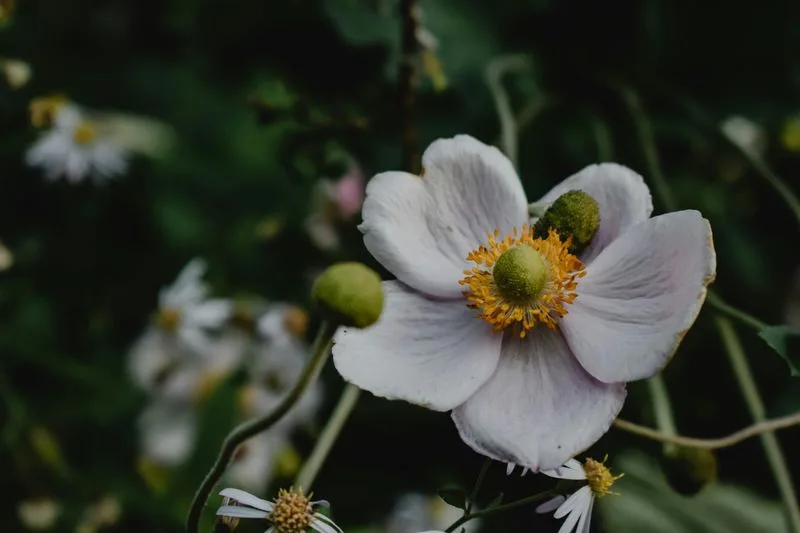
Japanese anemones add a graceful touch to late summer and fall gardens. They begin their season as small mounds of foliage but quickly send up tall, wiry stems topped with charming flowers.
Their blossoms, in shades of pink or white, dance elegantly in the breeze, bringing movement to the garden scene. Japanese anemones prefer part shade and well-drained soil. Here’s a little tidbit: They’re often called “windflowers” due to their swaying blooms.
Shasta Daisy

Shasta daisies are classic perennials that add brightness to any garden setting. Starting as small plants, they quickly form clumps of dark green foliage and cheerful white blooms.
These daisies are straightforward to grow, flourishing in sunny locations with well-drained soil. Their long-lasting flowers make them excellent for cutting and bringing indoors. Did you know? The Shasta daisy was bred by horticulturist Luther Burbank, named after Mount Shasta for its gleaming white appearance.
Salvia

Salvias are beloved for their vertical spikes of color and aromatic foliage. Emerging as small seedlings, they quickly transform into towering displays of purple, blue, or red flowers.
These perennials are highly attractive to pollinators, making them perfect for eco-friendly gardens. Salvias thrive in well-drained soil and full sun. An intriguing fact: Salvias are part of the sage family, and some varieties are used in culinary applications for their flavorful leaves.
Peony

Peonies are the glamour queens of the perennial world. Starting as small, woody stems, they rapidly grow into lush plants crowned with massive, fragrant blooms.
These perennials are cherished for their longevity and stunning floral display, often living for decades. Peonies prefer full sun and well-drained soil for optimal flowering. An enchanting fact: In the language of flowers, peonies represent romance and prosperity, making them a favorite for weddings and special occasions.
Lupine
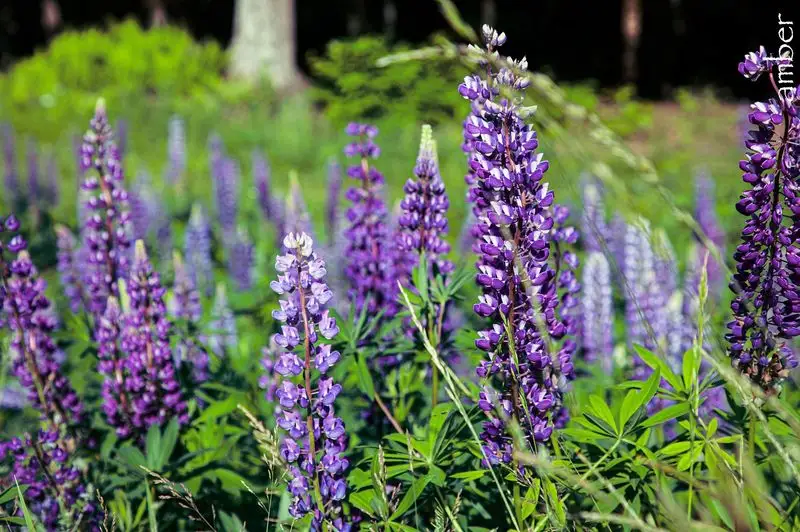
Lupines bring a touch of the wild to cultivated landscapes. They begin as small rosettes but quickly shoot up into tall, spiky flower arrangements in vibrant colors.
These perennials are a delight for both gardeners and pollinators, offering nectar-rich blooms. Lupines thrive in sunny locations with sandy, well-drained soil. A fun tidbit: Lupines can help improve soil health by fixing nitrogen, making them a beneficial addition to gardens.
Catmint
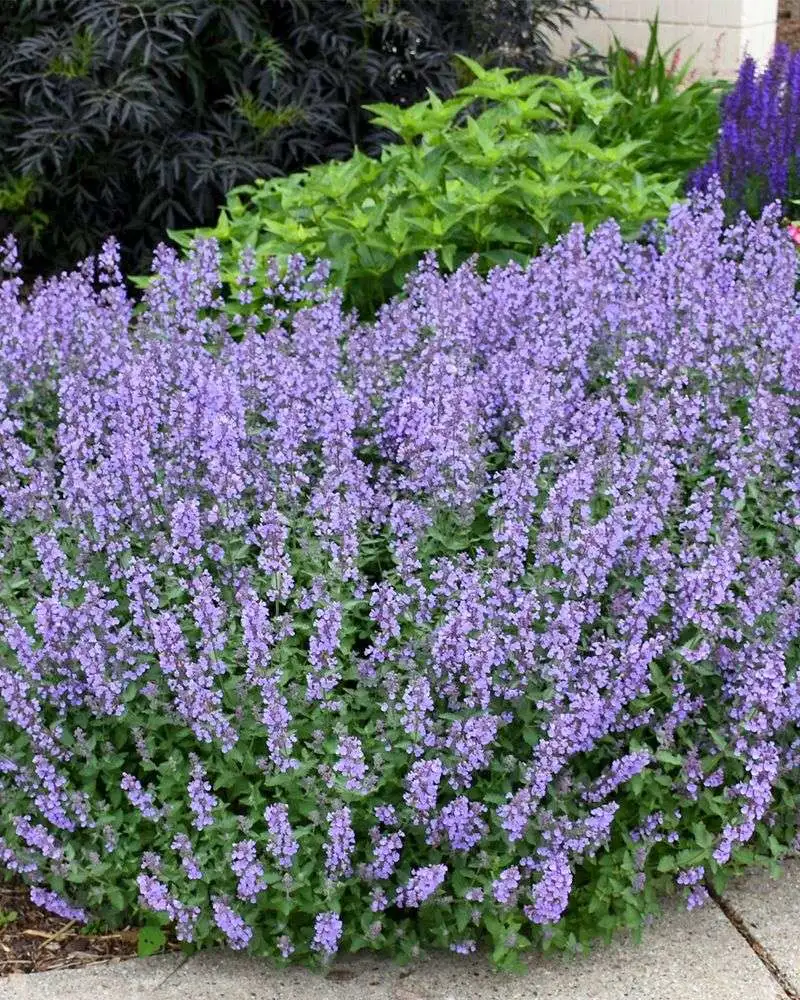
Catmint is a charming perennial known for its aromatic leaves and long-lasting blooms. Starting small, it quickly forms sprawling mounds of lavender-blue flowers.
These plants are perfect for borders and pathways, where their fragrant foliage can be appreciated. Catmint is drought-tolerant and thrives in full sun, making it a low-maintenance choice. An amusing fact: While it’s a favorite of cats, catmint should not be confused with catnip, though both belong to the Nepeta genus.
Coreopsis

Coreopsis, with its sunny disposition, brightens any garden space. Starting as small, unassuming plants, they swiftly develop into dense mounds topped with cheerful yellow blooms.
These perennials are incredibly easy to maintain, thriving in full sun and poor soil conditions. Coreopsis flowers are long-lasting, making them ideal for cut arrangements. Did you know? They’re often called “tickseed” due to the shape of their seeds, which resemble ticks.
Russian Sage
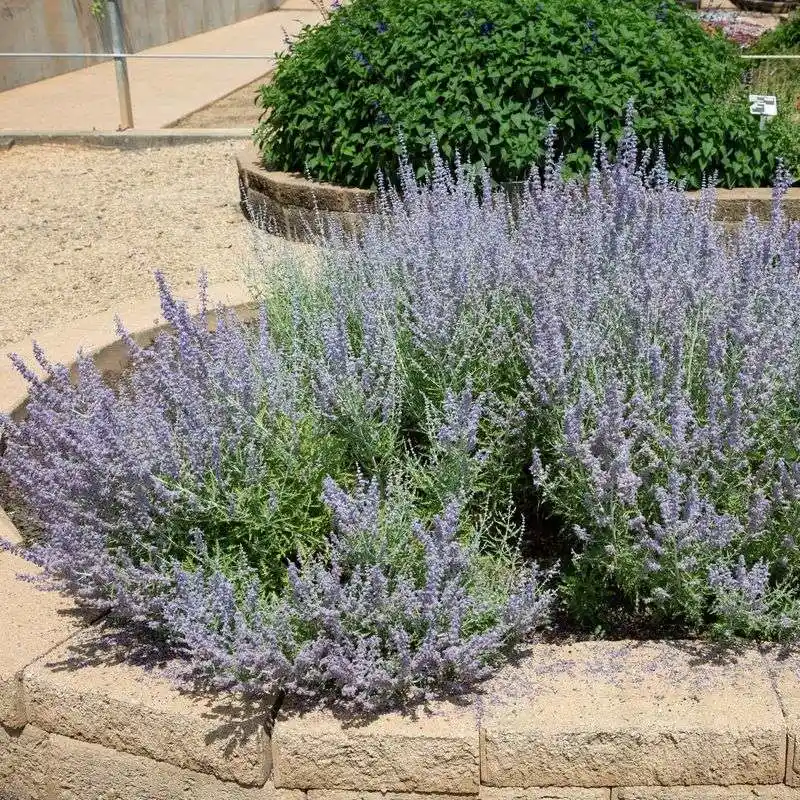
Russian sage is a standout for its silvery foliage and airy spires of lavender-blue flowers. Emerging as small plants, they quickly fill out to create a cloud-like effect in the garden.
These perennials are drought-tolerant and thrive in sunny, well-drained spots, adding a Mediterranean flair to the landscape. Here’s an interesting fact: Despite its name, Russian sage is not a true sage and is not used in cooking.
Veronica
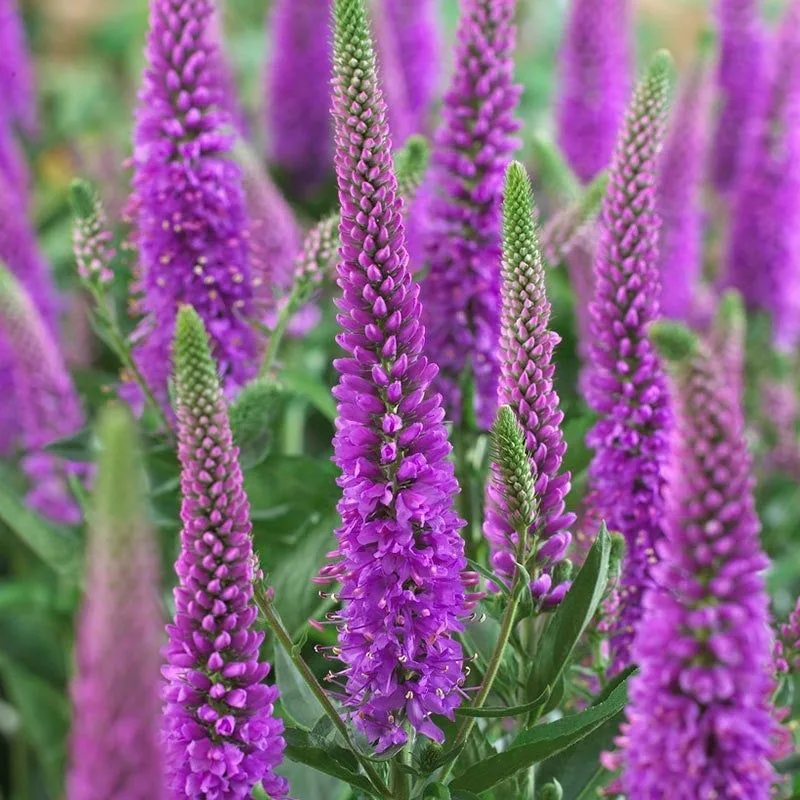
Veronica, also known as speedwell, adds dynamic vertical interest to gardens. Beginning as compact clumps, they rapidly grow to form slender spikes of vibrant blue flowers.
These perennials are versatile, performing well in both sun and part shade, and they attract butterflies and bees. Veronica’s long blooming period makes it a garden staple. Did you know? The name “speedwell” is thought to originate from the plant’s quick-growing nature and its ability to thrive in a variety of conditions.
Yarrow
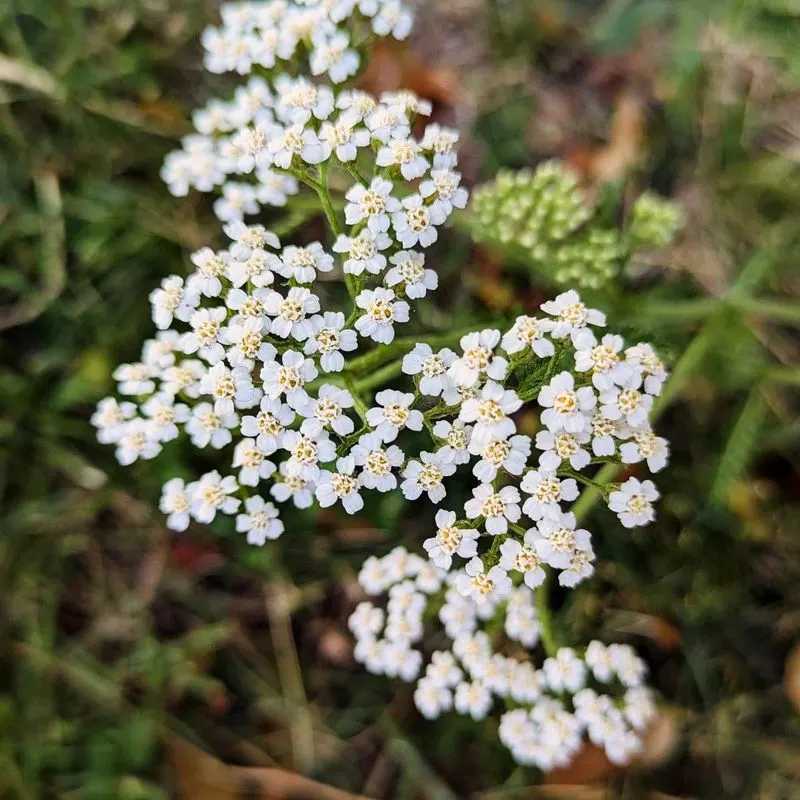
Yarrow is a hardy perennial known for its drought resistance and long-lasting flowers. Starting as small tufts, it quickly spreads to form clusters of flat-topped blooms.
These plants are ideal for naturalistic gardens, thriving in sunny, dry conditions. Yarrow’s fern-like foliage adds texture, while its flowers attract butterflies. An interesting historical note: Yarrow has been used in traditional medicine for centuries, often as a remedy for wounds and fevers.

